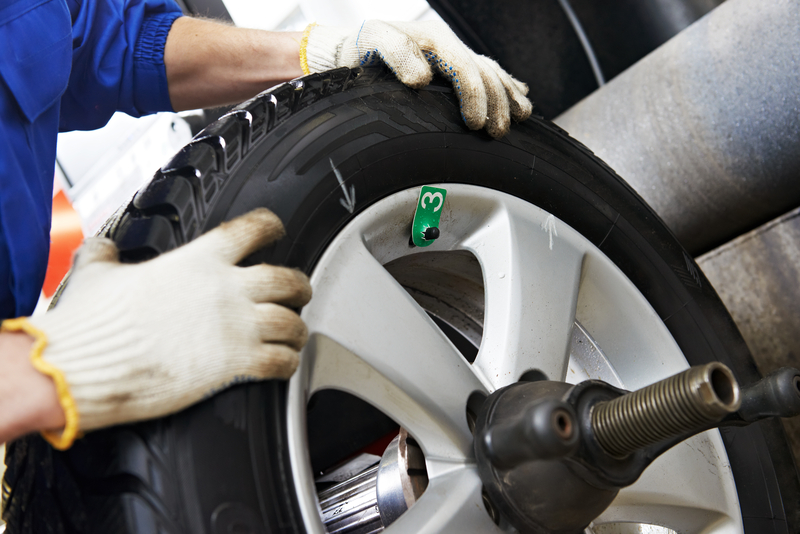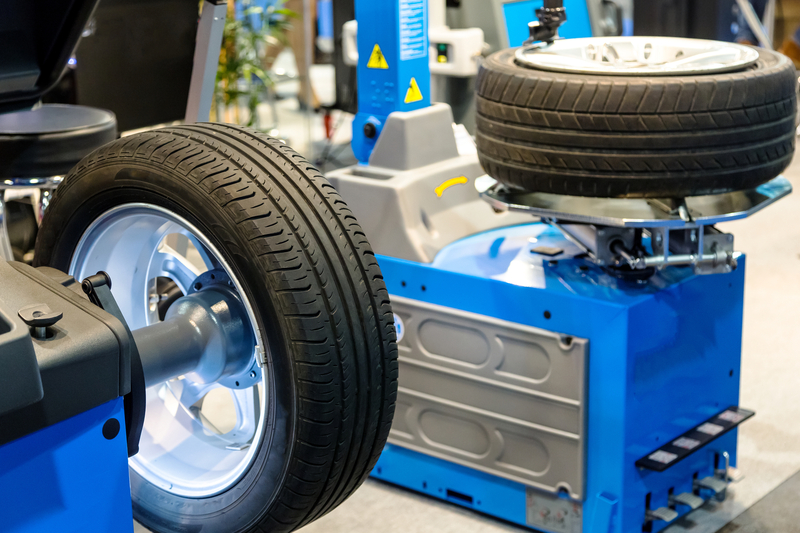What’s the Difference Between Wheel Balancing and Wheel Alignment?
When you go to get new tyres on your car, your brakes replaced, or any number of other vehicle-related functions checked, you’re going to hear a lot of terms. For many of us, we’ll find ourselves listening intently, nodding accordingly, but many of the phrases used will be confusing and a complete mystery. Two of the phrases you may hear are wheel balancing and wheel alignment.
Differences between Wheel Balancing and Wheel Alignment
Two of the most common terms you’ll hear are ‘wheel balancing’ and ‘wheel alignment’. On the first impression, they sound like they mean the same thing, but they’re not. Here we are going to look at these phrases, what they mean and what the differences are, so you can be a little more ‘in the know’ the next time you’re getting your car, van, or truck looked at.
Given that they share the first word, it should be no surprise to learn that they are both related to the wheels of your vehicle, but that’s where the similarities end. Wheel balancing is all about ensuring the weight around the wheel is distributed evenly. Whereas, wheel alignment involves making sure the wheels and tires are straightened properly. Let’s look at both in more detail. Starting with wheel balancing.

Wheel Balancing
As the wheel turns, balancing is concerned with the direction, angle and how the wheel ‘sits’ when mounted to the car. When driving, to the naked eye at least, it probably looks like the wheel is rotating perfectly evenly, but that’s rarely the case without some intervention. Wheels that are out of balance mean that you’ll feel the vibration as you drive and also means the tyres will wear out unevenly. If you look at your tyres and see that some areas are wearing quicker than others, this is likely to be a sign of an unbalanced wheel.
The materials used in the wheel itself may be slightly uneven on one side compared to the other. These tiny discrepancies mean that there may be a slight ‘wobble’ as the wheel spins. To ensure the wheel rotates evenly, small weights are placed on the rim of the wheel to balance out any discrepancies that may exist. It may be that it needs one large weight on one side to counteract the other, or a series of smaller weights are added, spaced evenly around the rim, to level out the whole wheel.
Wheel Alignment
Wheel alignment, on the other hand, is less to do with the wheel, and more to do with the suspension system on the car. Over time, the wheels on your vehicle will become misaligned, mainly due to the condition of the roads you travel on. Every time you hit a pothole, a curb or speed bump (even slowly), the wheel and subsequently, the suspension, feel the brunt of it.
All of those things contribute to the uneven wear on the tyre. It’s these little jolts that all ultimately accumulate to the misalignment of the wheel.
If the wheel isn’t perfectly perpendicular to the road, it can lead to problems. Wheels that aren’t aligned properly can lead to uneven tyre wear, so areas of the tyre will wear more than others. It can also make the car pull to the left (or right) while driving and mean that braking is uneven. Not what you want in an emergency!
Wheel alignment is something you should check every year. Misalignment will mean your tyres need replacing quicker and it also negatively affects your fuel consumption. Garages that specialise in this will have dedicated equipment to rectify both of these problems. You can have just 2 of the wheels aligned (known as ‘tracking’) or all four of them.
Getting them all done also offers drivers additional benefits, such as resetting the steering wheel back to ‘straight’ and optimising performance.
Contact Us
We hope that our blog was helpful and informative. If you have any questions please don’t hesitate to give us a call on 01604 600581 or head over to our contact page and fill in our online enquiry form.

